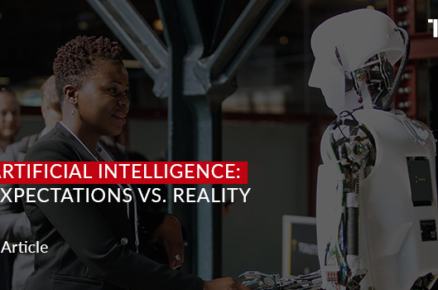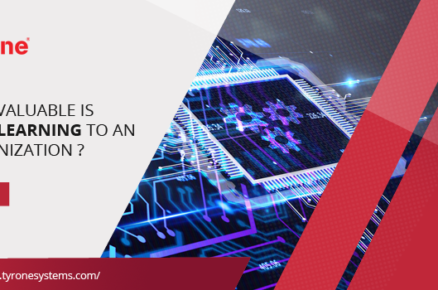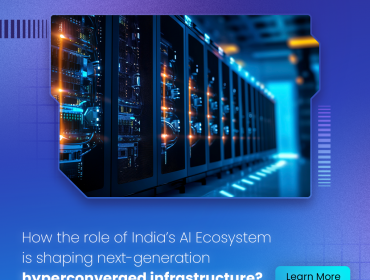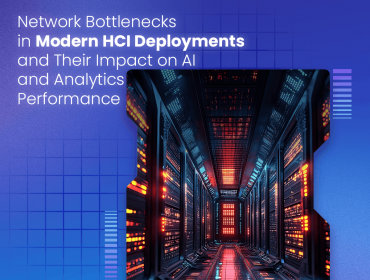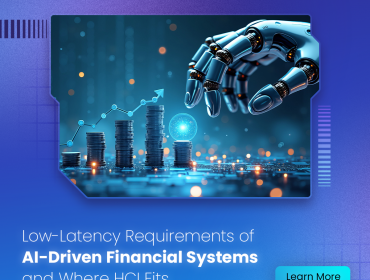Financial institutions are beginning to explore how artificial intelligence decrease costs, enhance revenue, reduce fraud and improve the customer experience. While there are challenges, it is time for organizations of all sizes to invest, learn and partner with experts who can help exploit the benefits of AI.
AI today can be described in terms of three application domains: cognitive automation, cognitive engagement, and cognitive insight.
- Cognitive automation: In the first AI domain are machine learning (ML), Robotics Process Automation (RPA), natural language processing (NLP) and other cognitive tools to develop deep domain-specific expertise and then automate related tasks.
- Cognitive engagement: At the next level of the AI value tree lies cognitive ‘agents’: systems that employ cognitive technology to engage with people, unlocking the power of unstructured data (industry reports / financial news) leveraging text/image/video understanding, offering a personalized engagement between banks and customers with personalized product offerings and unlocking new revenue streams.
- Cognitive insights: Cognitive Insights refer to the extraction of concepts and relationships from various data streams to generate personalized and relevant answers hidden within a mass of structured and unstructured data. Cognitive Insights allow detecting real-time key patterns and relationships from a large amount of data from multiple sources to derive deep and actionable insights.
Using the components of machine learning, natural language processing, and cognitive computing, there are several AI applications within banking. These include:
- Fraud detection: AI has the ability to identify fraudulent behavior while it is happening, as well as identify what the next pattern of suspicious behavior will be. Location data can assist with this process.
- Meeting regulatory requirements: Technology can be used to ensure that regulatory requirements are met and that data is kept with monitoring done on a real-time basis. This allows issues to be flagged a lot sooner.
- Lowering costs and increasing revenue: Infosys reports that AI’s biggest opportunity lies in automating the frontline. “The benefits of engaging with customers in a more automated and intelligent way offers significant cost savings, with the risk being spread over millions of customer interactions.” Customer facing virtual assistants and back office robotics will be commonplace in the near future.
- Improving the customer experience: AI provides the opportunity for improved and faster decision making by deriving deep and actionable insights (e.g. customer behavior patterns). Some of these interactions will be with the new voice or chatbot technology while other applications will be behind the scenes, supporting marketing communication.
- Boost customer engagement: Artificial intelligence will assist in the creation of customized and intelligent products and services, with new features, more intuitive interactions (e.g. speech) and advisory skills (e.g. personal financial management).




